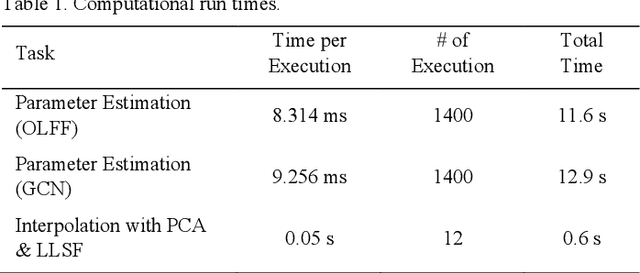Hans Hagen
SYNOSIS: Image synthesis pipeline for machine vision in metal surface inspection
Oct 18, 2024Abstract:The use of machine learning (ML) methods for development of robust and flexible visual inspection system has shown promising. However their performance is highly dependent on the amount and diversity of training data. This is often restricted not only due to costs but also due to a wide variety of defects and product surfaces which occur with varying frequency. As such, one can not guarantee that the acquired dataset contains enough defect and product surface occurrences which are needed to develop a robust model. Using parametric synthetic dataset generation, it is possible to avoid these issues. In this work, we introduce a complete pipeline which describes in detail how to approach image synthesis for surface inspection - from first acquisition, to texture and defect modeling, data generation, comparison to real data and finally use of the synthetic data to train a defect segmentation model. The pipeline is in detail evaluated for milled and sandblasted aluminum surfaces. In addition to providing an in-depth view into each step, discussion of chosen methods, and presentation of ML results, we provide a comprehensive dual dataset containing both real and synthetic images.
PREVIS -- A Combined Machine Learning and Visual Interpolation Approach for Interactive Reverse Engineering in Assembly Quality Control
Jan 25, 2022



Abstract:We present PREVIS, a visual analytics tool, enhancing machine learning performance analysis in engineering applications. The presented toolchain allows for a direct comparison of regression models. In addition, we provide a methodology to visualize the impact of regression errors on the underlying field of interest in the original domain, the part geometry, via exploiting standard interpolation methods. Further, we allow a real-time preview of user-driven parameter changes in the displacement field via visual interpolation. This allows for fast and accountable online change management. We demonstrate the effectiveness with an ex-ante optimization of an automotive engine hood.
 Add to Chrome
Add to Chrome Add to Firefox
Add to Firefox Add to Edge
Add to Edge